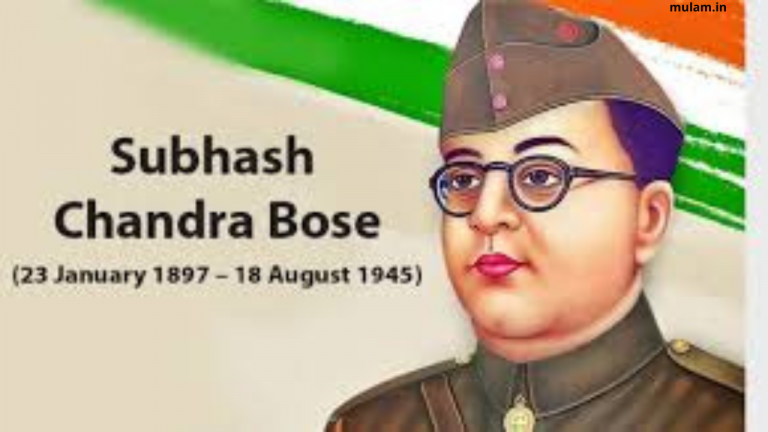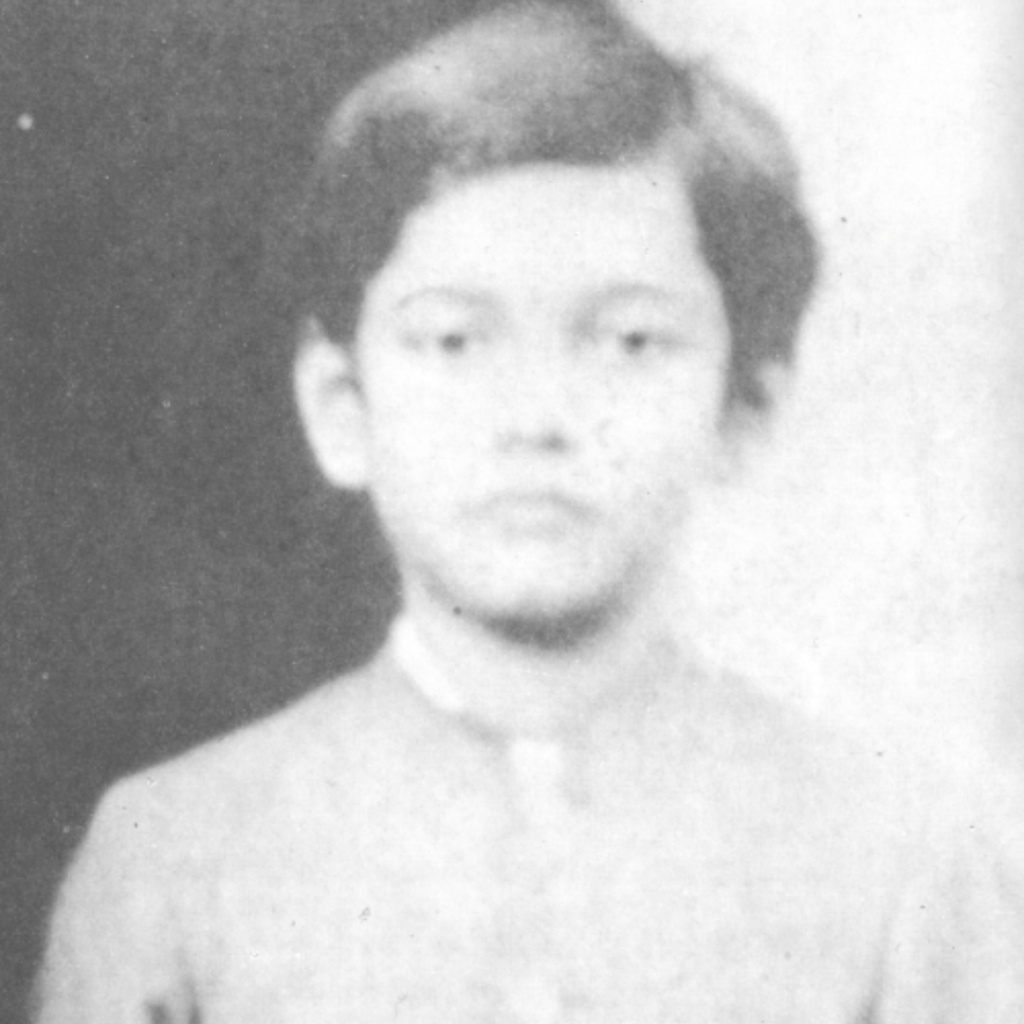Subhash Chandra Bose

Subhash Chandra Bose is one of the important and charismatic leaders who attracted youth by forming the Indian National Army during India’s struggle for independence. He was called Netaji by the people of India. He was ousted by the Indian National Congress, due to differences in ideologies.
- Name: Subhash Chandra Bose
- Born: January 23, 1897
- Place of Birth: Cuttack, Orissa
- Parents: Janakinath Bose (father) and Prabhavati Devi (mother).
- Spouse: Emily Schenkl
- Children: Anita Bose Pfaff
- Education: Ravenshaw Collegiate School, Cuttack; Presidency College, Calcutta; University of Cambridge, England
- Associations: Indian National Congress; Forward Bloc; Indian National Army
- Movements: Indian Freedom Movement
- Political Ideology: Nationalism; Communism; Fascism-inclined;
- Religious Beliefs: Hinduism
- Publications: The Indian Struggle (1920–1942)
- Death: August 18, 1945
- Memorial: Renkoji Temple, Tokyo, Japan; Netaji Bhawan, Kolkata, India;
Subhash Chandra Bose Childhood
He was born in Cuttack( Orissa) to Janaki Nath Bose and PrabhaVati Devi on January 23rd, 1897. His father, Janaki Nath Bose, was a successful lawyer in Cuttack and received the title Rai bahadur. As a child, Subash was brilliant and completed his B.A. from Presidency College in Calcutta. He was deeply influenced by the teachings of Swami Vivekananda for his patriotic zeal as a student. He stood fourth in the civil examination, but his urge to participate in India’s freedom struggle was intense. In April 1921, he resigned from the Indian civil service and came back to India. He married Emily Schenkl, who is of Austrian origin, in 1937, and she gave birth to Anita in 1942. He left Germany in 1943 and came back to India.


Subhash Chandra Bose Political Career
In 1922, he worked under the leadership of Chittaranjan Das and Motilal Nehru, who established the Swaraj party after leaving the Congress party. Chittaranjan Das was his political guru. He played a key role in educating youth, students, and labourers in Calcutta. He emerged himself as a charismatic fire and youth icon.
In 1928, there was a dispute with Congress between old and new members of the party, regarding self-rule and dominion status. The youth favoured self rule , without any compromise, while seniors in the party were in favour of dominion status for India within British rule. Differences cropped between Gandhi and Subhash. As a result, he resigned from the party in 1939.
Formation of INA
Bose opposed the congress’s decision to support the British during the Second World War. Bose called out Indians for their wholehearted participation. There was a tremendous response to his call to “Give me blood and I give you freedom.” This irritated the British and he was imprisoned in jail.
In 1941, he planned an escape to Berlin. The Germans fully supported his efforts, and he gained support from Japan as well. He recruited 40,000 soldiers from Singapore and other Southeast Asian regions. He called his army the Indian National Army and captured the Andaman and Nicobar islands, naming them Shaheed and Swaraj. On March 18, 1944, Azad Hind fauj stood on Indian soil.

Death
It is said that he went back to Singapore and met Field Marshal Hisaichi Terauchi, head of all military operations in Southeast Asia, who arranged a flight for him to Tokyo. He boarded a Mitsubishi Ki-21 heavy bomber from Saigon Airport in 1945. The bomber crashed shortly after take-off he sustained intense third-degree burns in the process. He succumbed to his injuries on August 1, 1945. His slogan, ‘Jai Hind’, is still used in reverence to the country.

